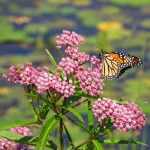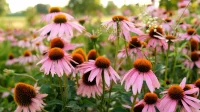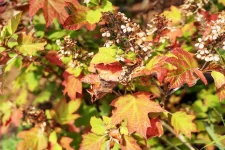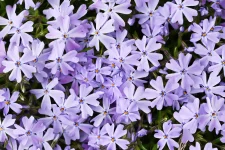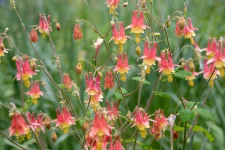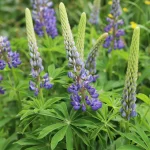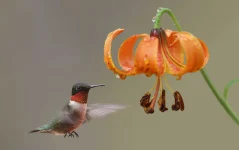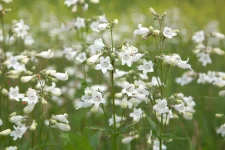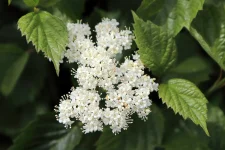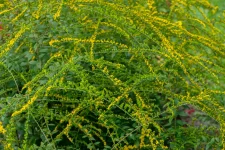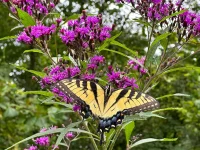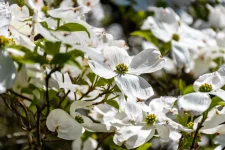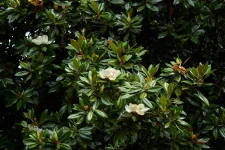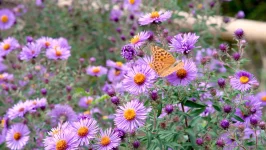This is a plant that everyone needs in their gardens. Several native irises grow in North America, including iconic flowers you’ll instantly recognize from Van Gogh paintings. You might think that growing irises is best left to professional gardeners—which is not true! Native irises offer elegant beauty with minimal work. They also thrive in areas you might not think to plant—like the edge of a pond. Scroll on to meet some favorites.
- Full Sun, Part Sun
- Short (under 3')
- Spring flowers
- Rain Garden favorite
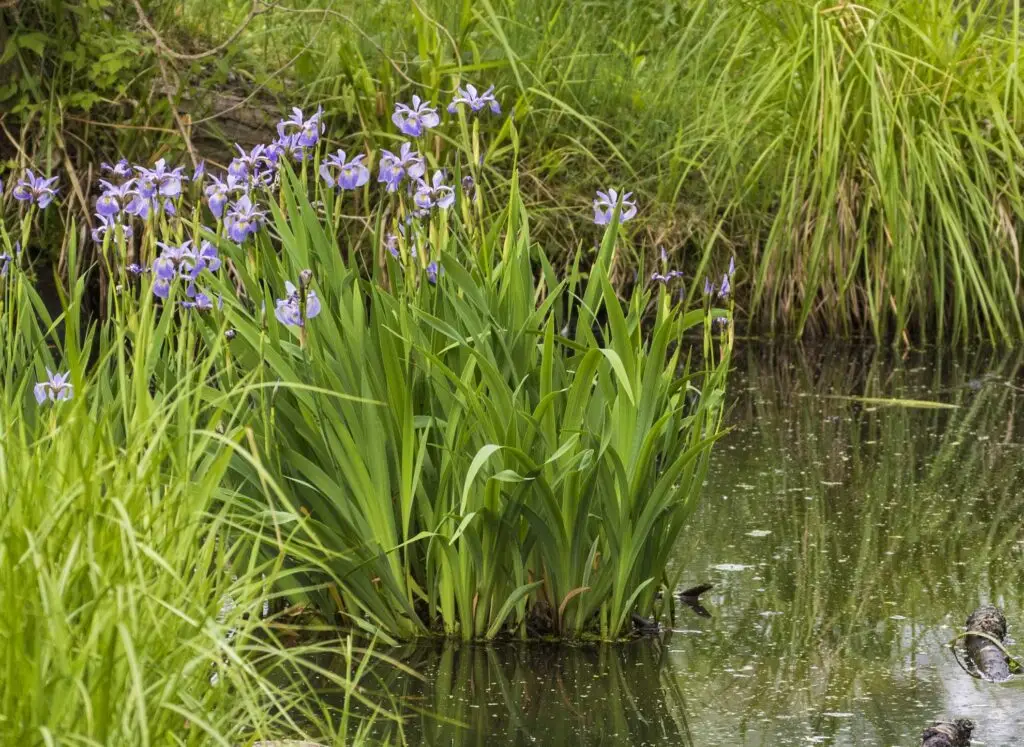
Dig Deeper
Explore the history, types, and where to plant native irises
Table of Contents
Irises are a staple of gardening—did you know there are a few species that are native to North America? In this guide, we’ll cover the benefits of planting native irises and introduce you to some native iris options.
First off…
What’s the difference between native and non-native irises?
There are 300+ species of iris found throughout the world. All irises worldwide have a shared set of similarities. All irises are…
- Perennials. They come back year after year.
- Grown from a bulb or a rhizome. Bulbs and rhizomes are bulbous roots that normally are planted close to the surface of the soil. The green stems shoot up from this fat rootstock.
- Made for pollination. The crazy shape of iris flowers is for one thing only: getting a pollinator to pollinate!
- Named for the Greek goddess of the rainbow. Iris is the Greek goddess of rainbows. One look at the intricate colors in a native iris tells you where the inspiration came from.
Now that we know what all irises have in common, let’s talk about what makes native irises special.
What are the benefits of planting native irises?
There are so many benefits to planting native irises! A few beneficial reasons include:
- Super low maintenance: Native irises need minimal care to thrive. This is difference from non-native irises, which can requite fertilizers or special care.
- Comes back year after year: this is a perennial plant that comes back year after year, each year doubling in size. So plant once and enjoy for years!
- Instagrammable beauty. Beauty matters! A gorgeous landscape with native flowers lifts spirits. Plant a patch of native irises and see for yourself.
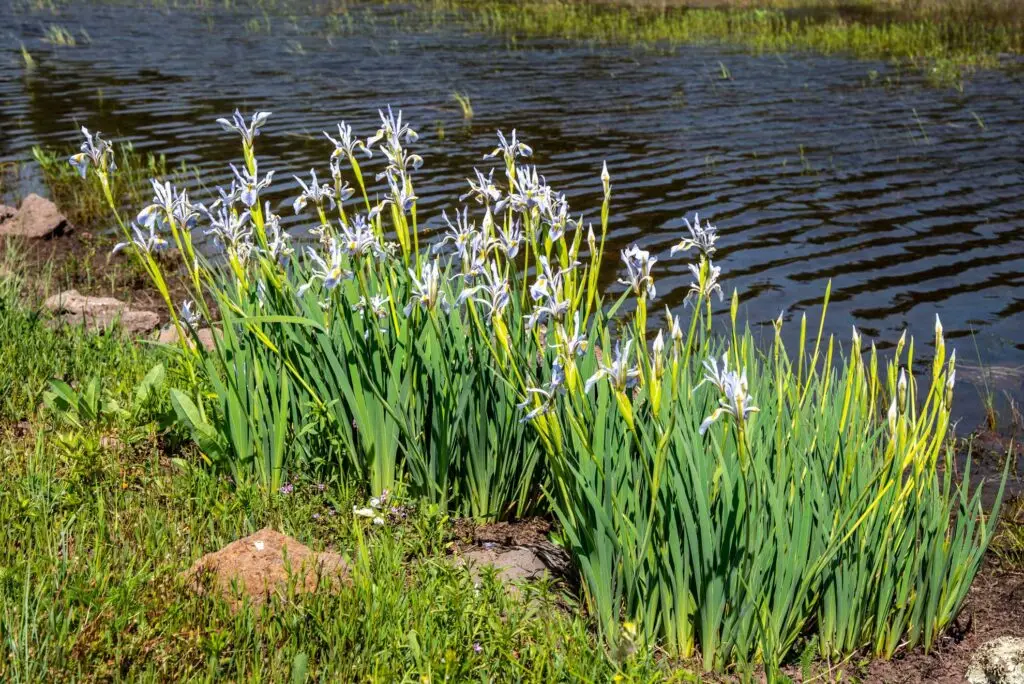
Native irises LOVE water
No matter the species, all native irises love to be around or sometimes actually in water. You’ll find them in nature near or alongside lakes, ponds, swamps, streams, and rivers.
If you’re planting near a waterway, plant them along the waterline. When the water source increases during a rainstorm or thaw, the irises will be just fine sitting in a little water.
Native iris species
Here are some native irises found in North America that offer beauty, resilience, and fuss-free care. Organized by region:
Native irises for the Eastern Seaboard
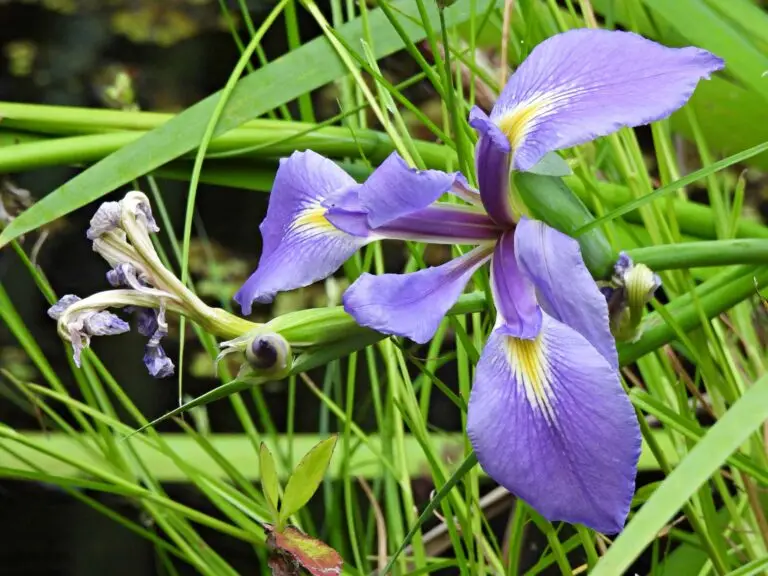
Virginia Iris
Iris virginica
Although it’s called ‘Virginia,’ you can plant this native iris from Newfoundland all the way south to Florida. (It’s also sometimes called Great Blue Flag Iris or simply Blue Flag Iris.)
Plant this native along the water line. It is found in “marshes, swamps, wet meadows, along shorelines, and in forested wetlands” (source: USDA.) 2-3′ feet tall, prefers sunny areas.
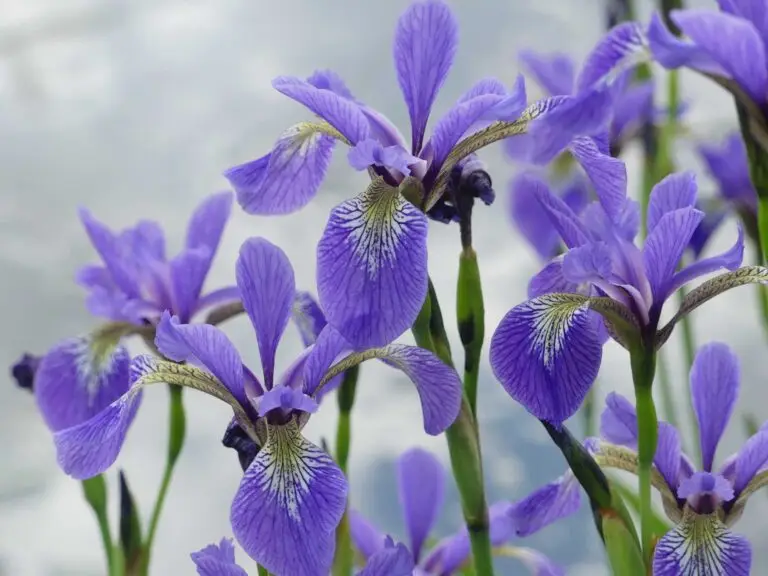
Northern Blue Flag Iris
Iris versicolor
This native iris thrives along the northeastern seaboard from Virginia north to Newfoundland.
Northern Blue Flag Irises love to be near water. You’ll find them alongside streams, lakes, and rivers, and sometimes IN the water, especially in shallow edges.
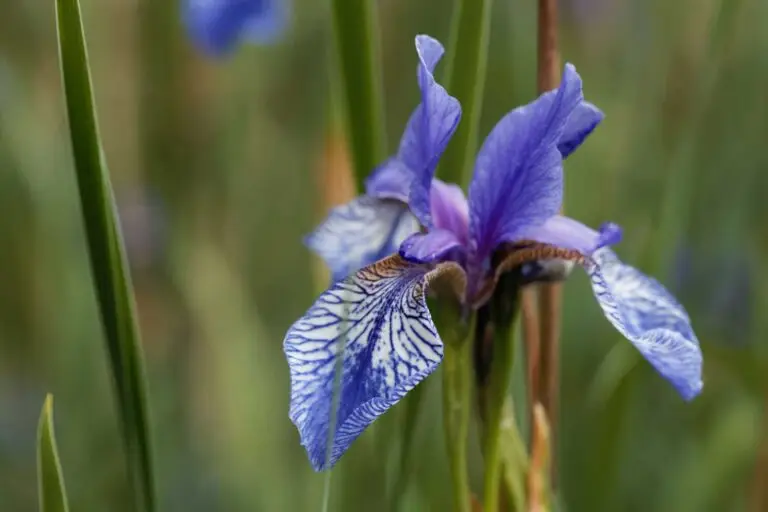
Slender Blue Iris
Iris prismatica
A shorter native iris: 1-2 feet. Native from Maine down to Georgia. As you can imagine from its common name—slender blue—this native flower has a thin, reed-like stem and similarly narrow flowers and leaves. A delicate powerhouse of a plant.
Native irises for the Western United States
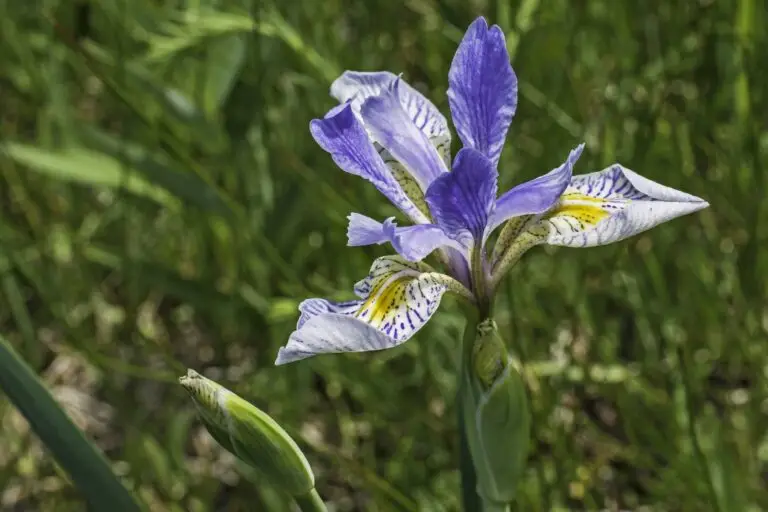
Rocky Mountain Iris
Iris missouriensis
This native iris thrives in the West and Northwest; you’ll find it anywhere west of the Sierra Nevada and Cascade mountains.
Like their eastern cousin Northern Blue Flag, Rocky Mountain Irises love to be near water. You’ll find them alongside streams, lakes, and rivers.
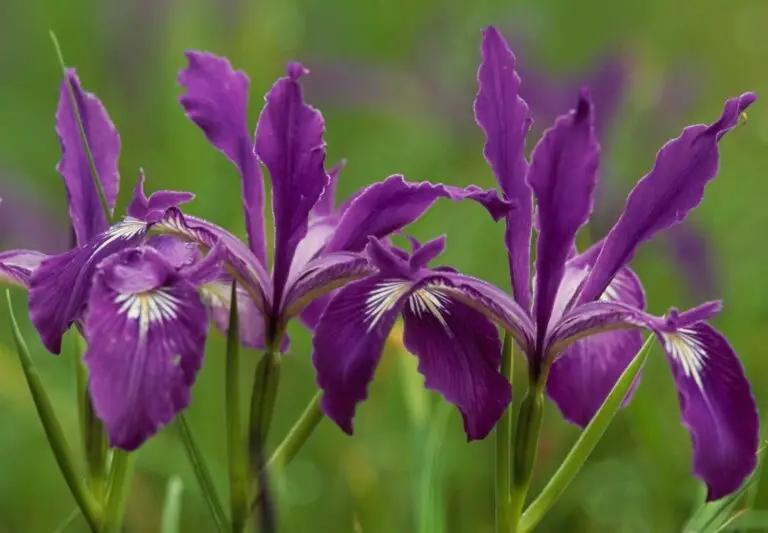
Tough-leaf Iris
Iris tenax
This native iris from the Northwest (Washington/Oregon/California) can have flower petals in various colors, from purple to blue to white to yellow. According to the Wildflowers of North and Central America, “The species name Tenax is from the Latin for ‘tenacious’, referring to the tough leaves, which were once used by Native Americans to make strong, pliable rope and cord.”
Native irises are great for rain gardens
Do you have a spot that collects water after it rains? It’s time to plant a rain garden! Native irises are great additions to rain garden planting, and there are lots more native plants that don’t mind some water, too. Read our Best Native Plants for Rain Gardens article to meet more water-friendly friends.
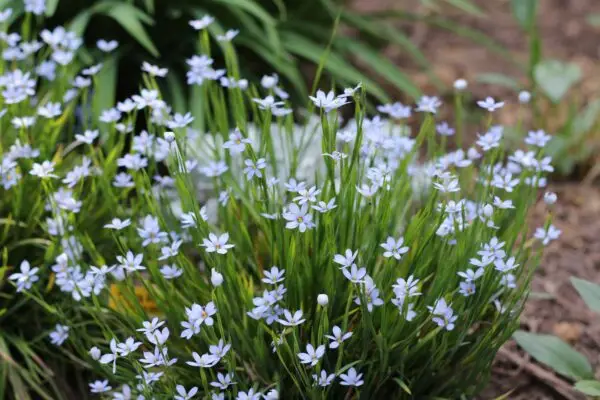
Have a dry spot?
Meet irises’ cousin: Blue-Eyed Grass
If you love blue flowers but have a well-drained and sunny area, let us introduce you to Blue-Eyed Grass. This short native plant balances tiny blue flowers at the top of grass-like leaves. They love full and don’t like to stay wet.
Wondering why iris flowers are that crazy shape?
This quick 2-minute Southern Blue Flag iris overview from Spring Island Trust explains how the shape and yellow coloring on native iris flowers help bumblebees pollinate this plant.
What are good pairings for native irises?
The pairings for native irises depend on the region you’re planting in. Some native iris pairings include:
Northern Blue Flag, Slender Blue, and Virginia Iris
Pairing ideas include Cardinal Flower, Great Blue Lobelia, Buttonbush, Joe Pye Weed, and Ironweed.
Rocky Mountain and Tough-leaf Iris
Pairing ideas include Wild Columbine and Bluebell Bellflower.
Feeling a little overwhelmed picking native plants?
Gardening should be fun and not feel like a botany exam. If you’re feeling overwhelmed as you plan your native garden, check out our inspiration guides! They are all written to help get you gardening (and not worrying.)
To make garden planning easy: Three-Color Native Gardens and Single-Plant Native Gardens are great resources.
Or, if you’re looking to focus on a specific butterfly or bird (or keep deer away!), visit Best Native Plants for Birds, Best Native Plants for Butterflies, and Deer-Resistant Native Plants.
Remember: native plants plant themselves. If they can do it, so can we.
And now you’ve met some native North American irises! All these native irises offer the iconic beauty of irises with the resiliency present in native plants. Choose native irises whenever you have a landscaping need that will help them thrive (like areas alongside wetlands or rain gardens). They will return years of beauty in return. Happy planting!
Next steps and resources:
There are lots of well-known plants that have native options available. Explore our beginner guides to native favorites:
Sources
- USDA Plants Factsheet: Blue Flag Iris (PDF).
- Lady Bird Johnson Wildflower Center, Rocky Mountain Iris.
- Lady Bird Johnson Wildflower Center, Northern Blue Flag Iris.
- Lady Bird Johnson Wildflower Center, Slender Blue Iris.
- Lady Bird Johnson Wildflower Center, Virginia Iris.
- Nelson, Gil. Best Native Plants for Southern Gardens: A Handbook for Gardeners, Homeowners, and Professionals, (2010).
- Harstad, Carolyn. Go Native! Gardening with Native Plants and Wildflowers in the Lower Midwest. (1999), 209-210.
